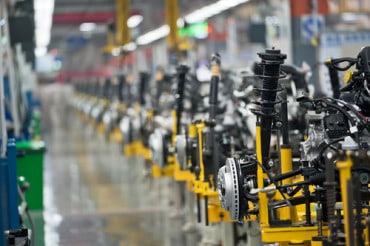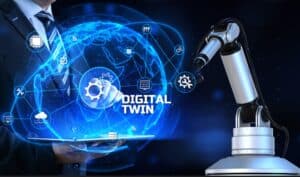
Digital twins offer a way to apply advanced analytics to derive insights that, in turn, drive optimization of production and operation processes.
Digital twins and the convergence of IT and operational technology functions have been taking shape for several years now, but their connection to the industrial internet and internet of things has been a bit fuzzy and undefined. To shed more clarity on this emerging relationship, the Industry IoT Consortium (IIC) has added these capabilities to its Industrial Internet Reference Architecture (IIRA). The latest adaptations not only addresses digital twins and IT/OT convergence, but also explores frameworks for decentralization and the inclusion of “non-human” digital users.
The updated IIRA, a standards-based open architecture for IIoT systems, is intended to help organizations understand which functions will best meet their needs. Lately, digital twins have proven to be a means to apply advanced analytics to “digital models of real-world entities which advanced analytics can be effectively applied to provide insights to drive optimization of production and operation processes.”
To facilitate a new generation of industrial applications that are enabled by the digital twins, “new
technologies, frameworks, or even new architectures may be needed,” the IIRA, now in version 1.10, stipulates. “Many of such application systems in in industrial environments require data synchronization between the digital twins and their real-world counterparts. It also requires the capability for establishing the data models, running computation models, and providing services to access these data and computation results.”
See also: Digital Twins Now in Use at One in Five Factories, Survey Finds
The updated IIRA also recognizes the “convergence of operational technology and information technology [IT/OT] that enables the industrial internet is driven by technology advances in ubiquitous connectivity and pervasive computation.” Traditionally, the architectural guide notes, the boundaries between IT and OT have been “vague,” and “will continue to blur as the industrial internet matures and the operational technology and information technology converges.”
It all comes down to increasing connectivity, the IIRA authors states. This serves as “the foundation connecting computational capabilities, enabling information sharing and collaborative operations among computers, machines and people. Near the network peripheries, advances in connectivity, such as high-performance and low-power wireless communication, make it possible to connect to large numbers of industrial assets without the cost of laying wires to reach them.
Additional Resources
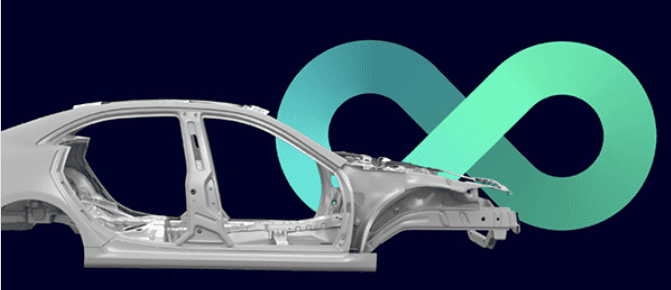
Drive production excellence with intelligent manufacturing
The automotive industry is facing unprecedented challenges, with rapid change and intense pressure to meet the demands of climate change, regulations, and consumers. Download Now
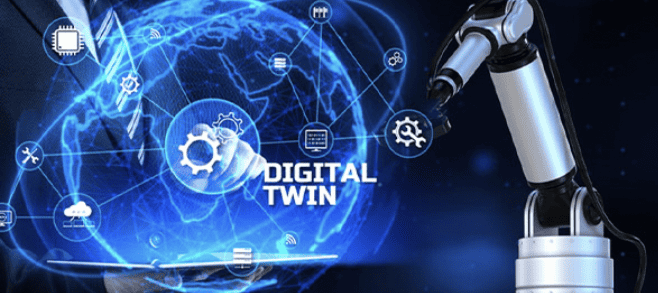
Riding Out Automotive Market Uncertainty with Digital Twins
A critical aspect of using digital twins is that they can complement traditional forecasting and prescriptive tools by incorporating real-time monitoring and simulations. Read Now
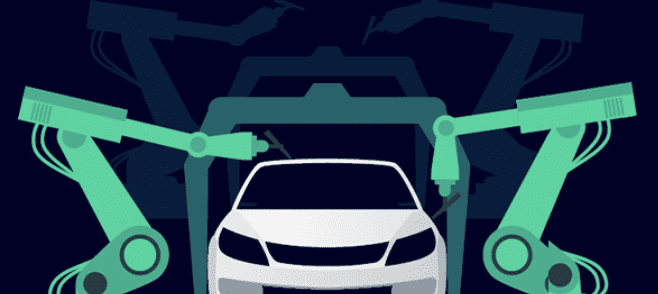
Virtual Manufacturing Development for the Automotive Industry
Companies in the automotive industry are pushing to develop the next generation of autonomous, electric, connected, and shared vehicles. View Now




